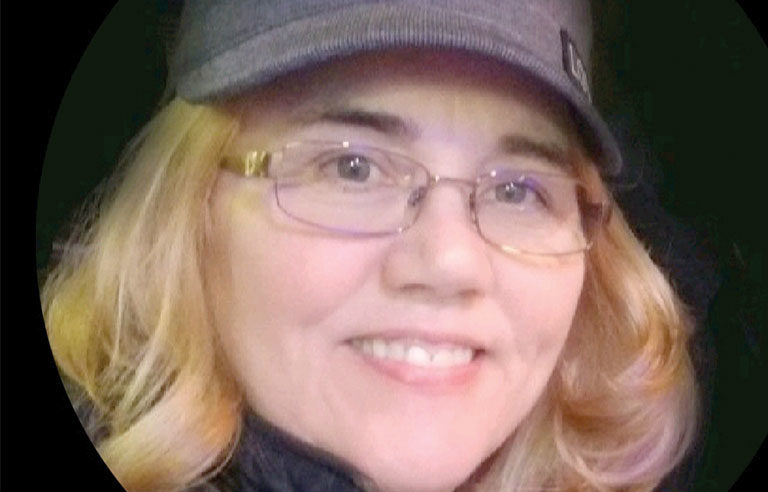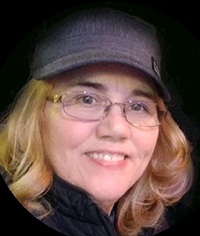My Story: Cathy Sitek

“There’s no crying in tool and die.” This was the mantra I used to distract my brain from the musculoskeletal pain I was feeling as I worked on my feet. Ultimately, this pain was the reason I became an ergonomist.
My family is no stranger to this kind of pain. I’m a third-generation toolmaker, machine operator and inventor – from both sides of my family tree – and we all felt the same musculoskeletal pain from standing at workstations.
During my 35-year journey as a master toolmaker, and unbeknownst to me, I already was a practicing ergonomist in my tool shop. Making every workstation as pain-free as I could for myself and my employees was a No. 1 priority. We raised tables, set gauges to eye level and had my optometrist make prescription safety glasses to help reduce bending. We even made wood flooring to raise the user to the correct height so their arms wouldn’t be overused from the repetitive motion in the down stroke of the handles, especially on the manual surface grinder. These little adjustments made all the difference in better posture and conserving human energy. I thought everything was under control, but it wasn’t. The pain just kept getting worse the harder we worked because we still had a problem with static standing for hours at a time.
My pain finally stopped me in my tracks at the age of 50. I couldn’t work anymore, bending down was impossible and I even started putting handrails in our home for support. The only option to survive working in the shop was to find a solution. If I couldn’t, I’d be forced to close the shop and retire.
So, I went to work researching the human body as if it was the most important machine in the shop that was breaking down. With my neurodiverse visual-thinking brain, problem-solving came easy. I was able to research evolution (the blueprints of the human body) all the way back to the beginning; how and why the body reacts to gravity, proper body mechanics and postural sway; and what causes the body’s hips and knees to lock during static standing. I just started researching and connecting the dots with the only help I had: my own pain as the gauge.
Finally, all of the effort to find a solution worked and I could remove the handrails in my house – I was no longer a fall risk. That’s the moment I became hooked on ergonomics, and all I wanted to do was help others become healthy. So, in 2020, I became a certified ergonomist. Now when I call on machine shops, it’s not about fixing the tools or grinding machines. It’s about fixing the most valuable asset in a corporation: the human machine.
 Cathy Sitek
Cathy Sitek
President/Ergonomist
StandRite-Pro
Chesterfield, MI
What’s your story?
Email us at [email protected] with the subject line “My Story.” You may be featured in an upcoming issue of Safety+Health.
Post a comment to this article
Safety+Health welcomes comments that promote respectful dialogue. Please stay on topic. Comments that contain personal attacks, profanity or abusive language – or those aggressively promoting products or services – will be removed. We reserve the right to determine which comments violate our comment policy. (Anonymous comments are welcome; merely skip the “name” field in the comment box. An email address is required but will not be included with your comment.)

